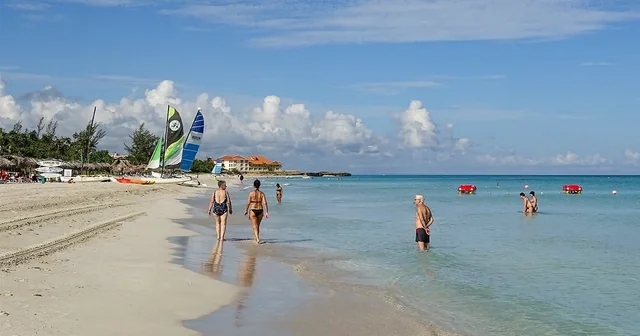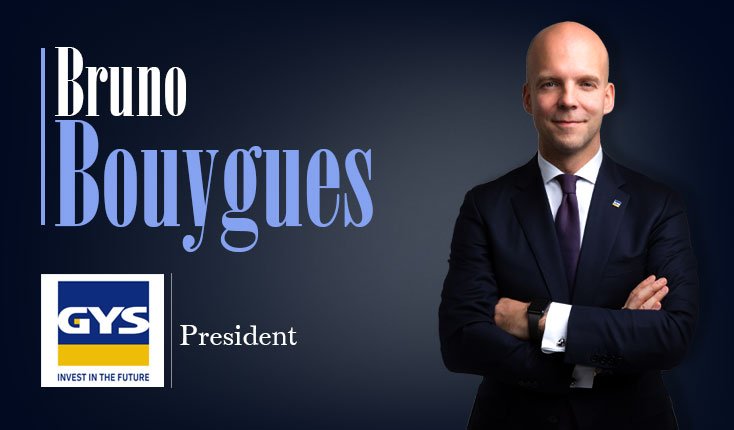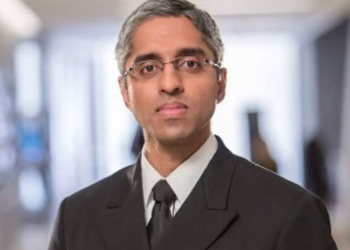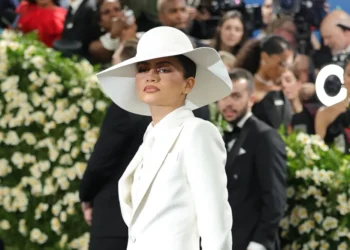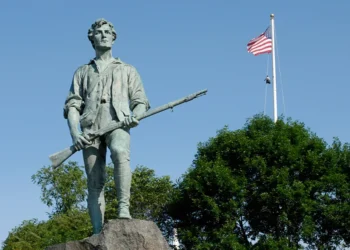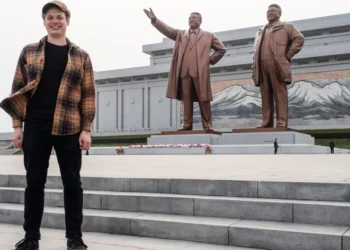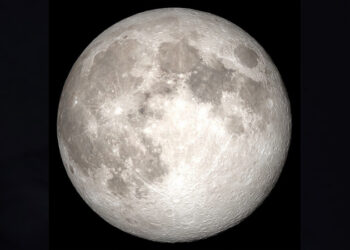Approximately four million people visited Cuba in 2016, including US President Barack Obama, who landed on the island from Air Force One. Two years later, Cuba’s visitor numbers reached a high-water point of about five million, a record high at the time. However, Cuban tourism has declined sharply since then.
Last year was one of the worst for the sector in Cuba this century, plagued by the combined effects of the coronavirus outbreak and more stringent travel restrictions enforced by the Trump administration.
Following remittances, tourism is Cuba’s primary source of foreign exchange revenues due to the decline of the island’s traditional industries, which include sugar, tobacco, and nickel.
From a conceptual standpoint, tourism continues to be the nation’s economic engine,” says Juan Carlos García Granda, the Cuban minister of tourism. The BBC questions the driver of that economic engine in Havana about the condition of the sector right now: García Granda remarks cynically, “I’m not a doctor, but I can tell you that Cuban tourism is alive and kicking.”
According to him, the Cuban government has stopped the decline that began in 2024, and this year’s second quarter will see better figures.
We have challenges that none of our rivals encounter,” García Granda adds.
Also Read:
Demand For Safe Havens and Fed Rate Drop Bets Drive Gold to a New High

